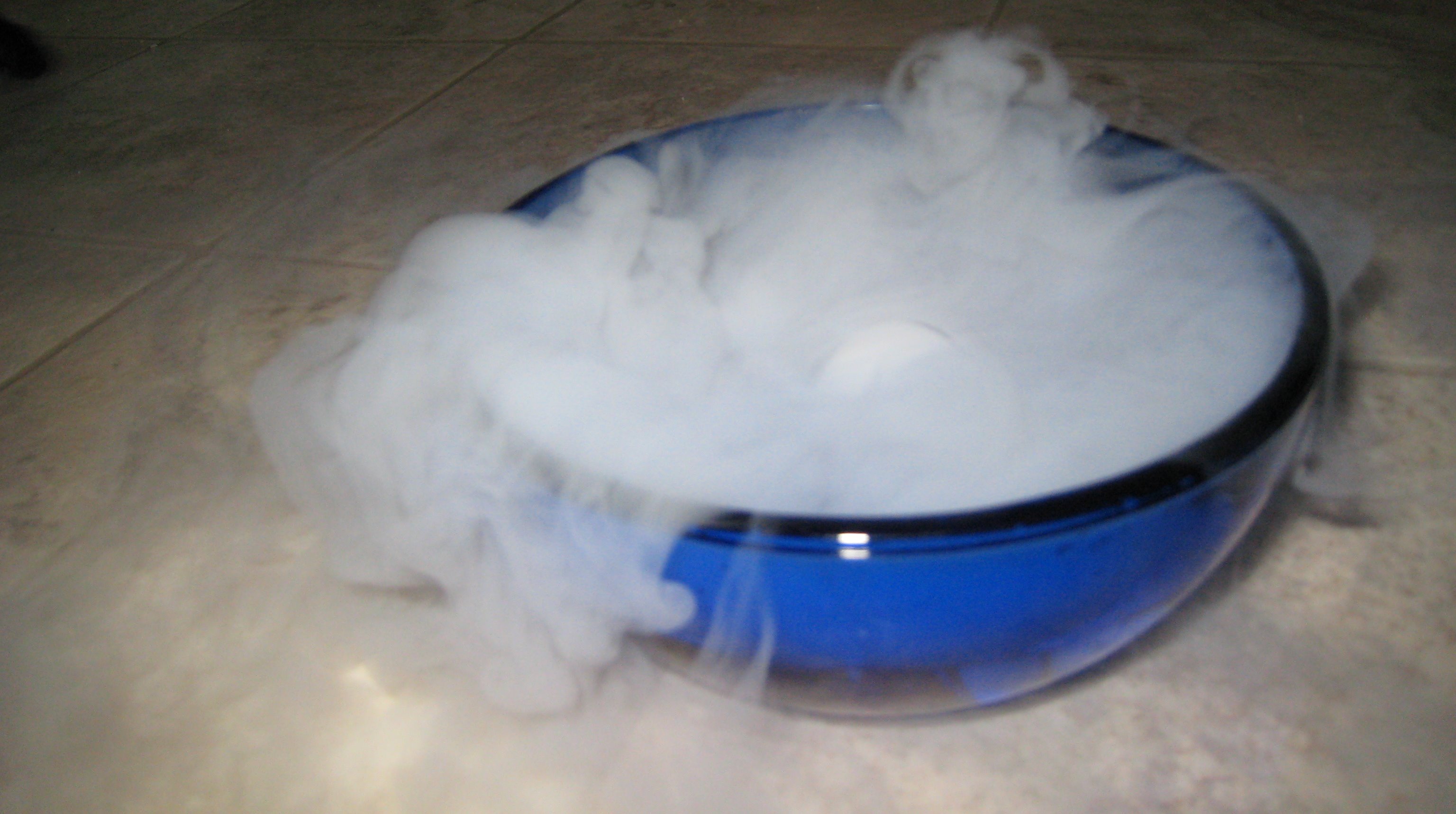Lesson 4
Pure Substances:
How can matter be classified?
The substances you encounter every day can be classified into one of the three major classes of matter: Elements, compounds and mixtures.
Atoms are the basic building blocks for all three types of matter. Elements, compounds and mixtures differ in the way that atoms are combined.
Matter can be classified:
* An Atom is like a building rock of matter.
* An element is made up of one or more of the same kind of atom chemically combined.
* A compound is made up different kinds of atoms chemically combined.
* A mixture contains a variety of elements and compounds that are not chemically combined with each other.
What are pure substances?
Elements and compounds are pure substances. A pure substance is a substance that has definite physical and chemical properties such as appearance, melting point and reactivity.
Are made up:
It’s made of one molecule and is made up of exactly two hydrogen, atom and one oxygen atom.
Pure substances cannot be found be formed or broken down by physical changes:
Physical changes such as melting, freezing, cutting or smashing do not change the identity of pure substances.
How can elements be classified?
Elements classified in: Metals, Non-Metals or metalloids.
Metals are shiny, conduct heat and electricity.
Non-Metals are not shiny and do not conduct heat or electricity well.
Metalloids have some properties of both metals and non-metals.
How compounds be classified?
It categories like
By their PH
Compounds can be classified as acidic, basic, or neutral by measuring a special value known as pH.
As Organic or Inorganic
You may have heard of organically-grown foods. But the word organic refers to compounds that contain carbon and hydrogen. It founds in most foods.
By their role in the body
Biochemicals are divided into four categories:
* Carbohydrates: are used as a source of energy and include sugars, starches and fiber
* Lipids: store excess of energy in the body and make up cell membranes.
* Proteins: Are one of the most abundant types of compounds in your body.
* Nucleic Acids: such as DNA and RNA contain genetic information and help the body builds proteins.
What are mixtures?
Is a combination of two or more substances that are combined physically but not chemically.
Mixtures are made up of more than one type of particle
Mixtures aren’t pure substances.
Mixtures do not have defined properties because they don’t have a defined chemical makeup.
Mixtures can be separated by physical changes
This is because the identities of the substances don’t change.
How can mixtures be classified?
Can be classified by Heterogeneous mixture is one that does not have a uniform composition and homogenous the mixture has the same composition.
As suspensions
Are mixtures in which the particles of a material are spread throughout a liquid or gas but are too large to stay mixed.
As solutions
One substance is dissolved in another substance.
As colloids
Is a mixture that falls somewhere between suspensions and solutions.


Lesson 5
States of matter
How do particles move in solids, liquids and gases?
The idea is the basis for the Kinetic theory of matter.
In Solids
Is a substance that has definite volume and shape.
The particles in a solid are closed together and do not move freely.
In Liquids
Is a substance that has a definite volume but not a definite shape.
Particles in a liquid have more kinetic energy than particles in a solid do.
In Gases
A gas doesn’t have a definite volume or shape.
Is a particle with the most kinetic energy of the three states.
It moves in different directions.
How does particle motion affect the properties of solids, liquids and gases?
The only reason is the kinetic theory of matter that helps to explain the different properties of solids, liquids and gases.
What happens when substances change state?
When it turns to different types of temperature that cause changes in the object, change the size the shape and color.

Lesson 6
Change of State
How gases can change from solid to gases?
Only in the right conditions and taking care that the particles don't become liquid.
Líquids to gases
By Evaporation or boiling.
Particles gain energy that escape from the surface of the liquid and become gas and in.boiling is a rapid change or vapor.
By condensation
The atraction of the particles overcomes the speed of their motion and then the liquid forms. It's a reverse of evaporation.
By Sublimation
It is the directly change from solid to liquid. As the particles of solid ice gain energy , there motion overcome completely attraction between the particles and escape into.the air as gas.
By Depositation
Change from solid yo liquid in a direct form.
Process in which ice crystals form in clouds. It happens when gas particles.lose energy.
What happens to matter when it changes?
When matter change from one state to another.it states from the same kind of matter.
Sólids to liquids
By feeezing
When liquid is cooled,its particles have less energy, particles slow down and atractions increase eventually the particles lock into the dices arangement of a typical Solid.
By melting
When a solid is warmed its particles have more energy that before so speed up and the atraction between particles decreases,eventually the particles slide each other and pass from solid to liquid.


No hay comentarios:
Publicar un comentario